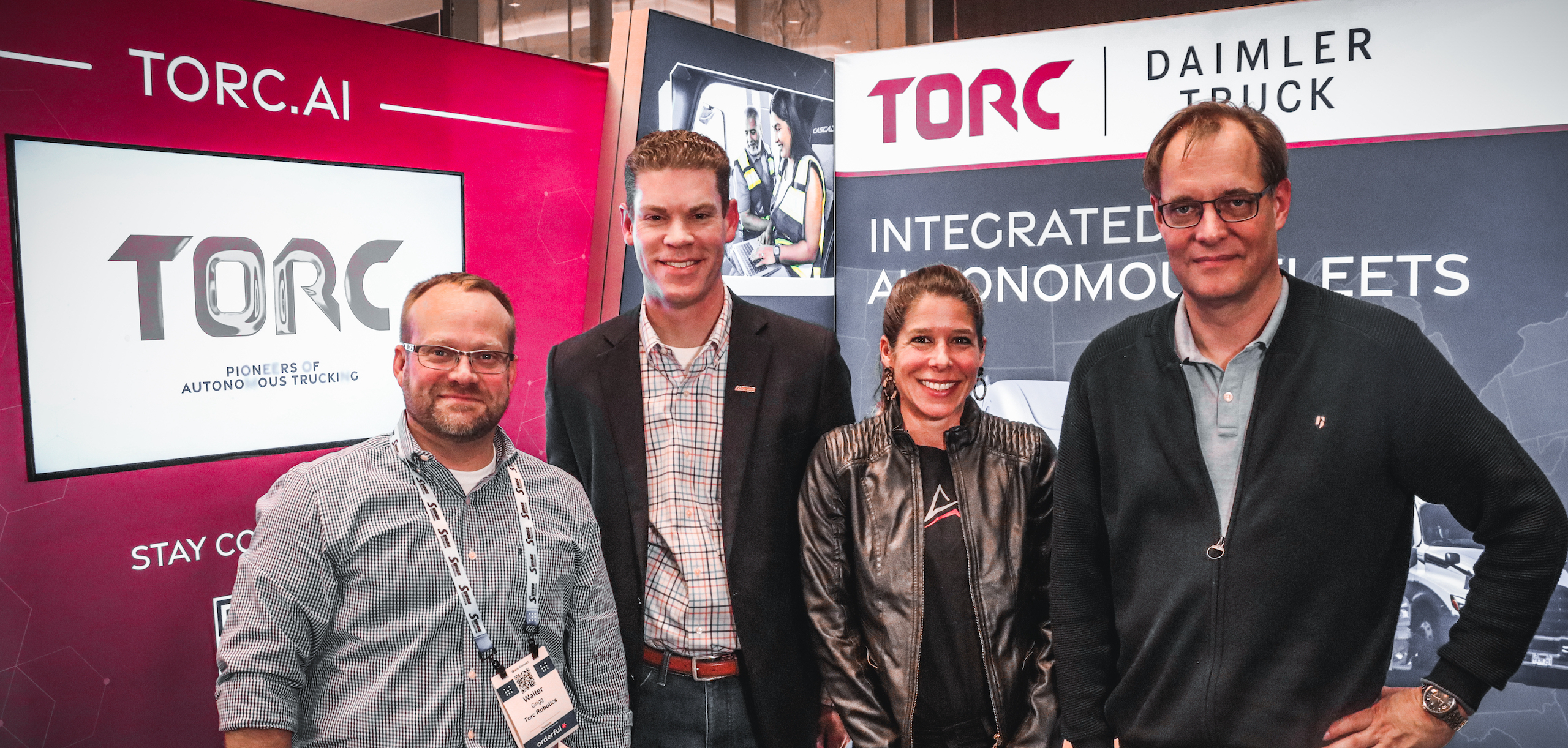Torc hosted a fireside chat at Manifest 2023 in Las Vegas on Wednesday, February 2. Peter Vaughan Schmidt, CEO of Torc, Joanna Buttler, head of the global autonomous technology group at Daimler Truck, and Brian Stuelpner, vice president of strategy, planning and architecture with Schneider, gathered in the Torc booth to discuss the autonomous freight pilot program collaboration between the three companies, moderated by Torc director of product strategy, Walter Grigg.
Individually, they each stressed the need for safety in and around the technology, a clear understanding of the use cases of autonomy both on the Torc side and the freight side, and the practical needs for servicing trucks. Watch the full chat below, and check out the transcript to read along.
Transcript of the Torc Fireside Chat with Peter Vaughan Schmidt, Joanna Buttler, and Brian Stuelpner.
Walter Grigg
All right. For those of you interested in and hearing the panel here, our fireside chat. I’m Walter Grigg with Torc Robotics. I work in our corporate strategy group. I focus primarily on maintaining and developing our relationships with our partners, focused on collaboration, which is really going to be the majority of the topic that we talk about today.
If it’s not already obvious to all of you, we are an independent majority owned subsidiary of Daimler Truck, focused on Level 4 development in the Class 8 space. With us today, we’ve got Brian Stuelpner from Schneider, one of our key partners. Joanna Buttler from Daimler Truck as well as Peter Vaughan Schmidt, our CEO at Torc Robotics. We started as Torc Robotics, with Daimler Truck in collaboration and partnership on how to develop this technology and bring it to market.
And we wanted to talk about how collaboration and partnership across the industry takes place as we develop these things. So if possible, what I’d like to do is have each of you introduce yourself. Brian from Schneider, Joanna from DTNA, Peter Vaughan Schmidt from Torc Robotics. Introduce yourself, talk about what your role is, and we’ll get into further questions about how partnership drives the development of this technology.
Brian Stuelpner
OK. I’ll go first. Good afternoon. My name is Brian Stuelpner. I’m with Schneider, vice president of strategy, planning and architecture. And in that role, I work with our strategy innovation teams, some various technical responsibilities, and then today I’ll be representing our experience as part of this pilot. So thank you for having us.
Joanna Buttler
I’m Joanna Buttler. I’m with Daimler Truck North America. I lead our global autonomous technology group. And in my role, and my team is working on unlocking the value of autonomous driving for the industry, for society, and, of course, for our valued customers. And in that, we’re developing the truck platform with our partners like Torc Robotics and also work towards really developing an ecosystem, an infrastructure that enables this technology.
Peter Vaughan Schmidt
And my name is Peter Schmidt. I came from Daimler Trucks where I had been 17 years. October 1st, CEO of Torc Robotics. So I just finished my first hundred days and still super excited… this bird can fly… like hell. And it’s a really cool job. And I’m yeah, my job is obviously running the company, but also bringing it to the next level, which means making this technology a true product and a business, not only cool tech. Looking forward to it.
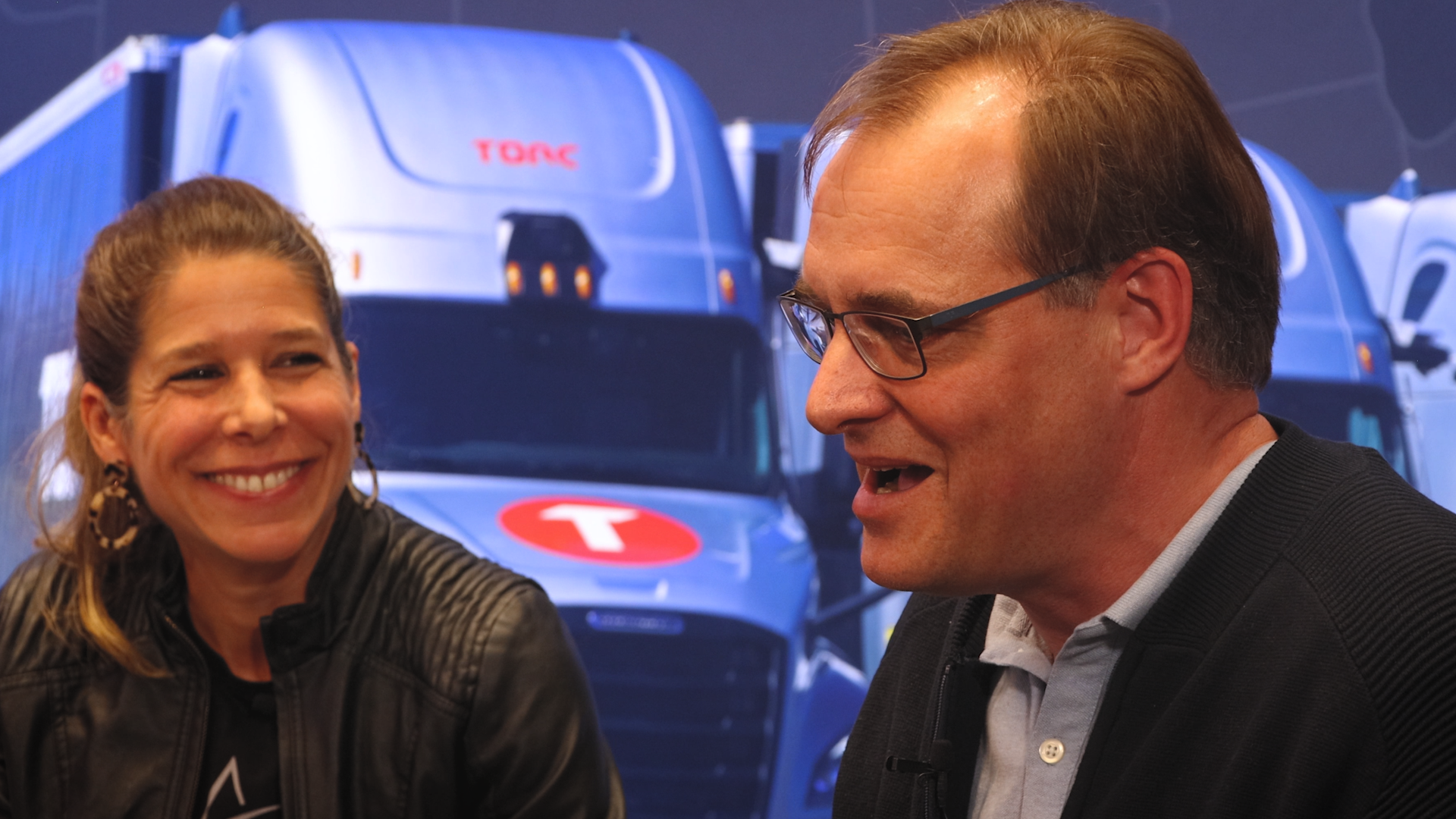
This bird can fly like hell.
Walter Grigg
So thank you all very much. So as we talked about, in the frame of partnership and collaboration, Torc Robotics individually sees the only pathway to success as working with the industry partners, understanding what’s needed to make a product. Joanna, as Daimler is a market share leader, many, many customers in the space. Collaboration and partnership clearly is what built the organization that you have. If you could take the opportunity to talk about how you collaborate with fleets, how you work with them, and how it also relates, one, in the frame of this technology, but also, the other technologies that Daimler’s employing.
Joanna Buttler
Yeah, absolutely. Great question to start off with. So we have a purpose principle that says we start with listening and that is really what our collaboration with our customers is all about. We do not understand trucking and also this is what the business of our customers are and we really want to understand how does technology, any technology that we develop, work seamlessly with logistics processes and really has an impact, a positive impact on our customers’ business and bottom line.
And to give you a couple of examples, we established so-called “customer councils” and this is a forum and an opportunity to really sit together, collaborate, collect feedback and collect input and play that back also to our customers. On the mobility side, in all our electric mobility products that you see right now in the market, they could not have come to life without the input of our customers, and really helping us define and design what this product should do and how it can work and then ultimately testing and validating it together. And now when we talk about autonomous, we are also establishing and have established a council. But I’ll let Peter talk a little bit more about the advisory council.
Walter Grigg
That’s the Torc Autonomous Advisory Council; we took Daimler’s lead. You showed us the framework of how to do it and Peter, if you have any thoughts on how we utilize the Torc Autonomous Advisory Council?
Peter Vaughan Schmidt
First of all, what I really like about it, like you said, we start with listening. We do exactly the same thing at Torc. It’s representing, I think more or less the freight industry, transportation industries. It’s really well known names — super proud Schneider is on there but also others representing different segments because it’s not just different industries, there are many, many subsegments and we get all the input which is needed from them.
And then I think the most interesting thing about this is really I was saying, developing a product and a business, not only a cool tech. And, you know, in the end we want to do something which helps our customer, the fleets, to make their business better. Drive safer, arrive faster, reduce cost, and cost per mileage, do it at super easy to use, fully integrated into their systems.
Easy to use in mixed fleets, which will be a reality for many, many years. Manual plus automated trucks and driven in parallel, but also how to maintain, how to operate things like this and you can only learn this by collaborating with fleets.
Of course at the last thing is just fun. I mean it’s so much more motivating talking to customers, it’s so much more motivating shipping real freight instead of concrete blocks and you learn so much more because it just behaves differently and the inspiration level is much you would never want to disappoint the customer. Freight is variable. Sometimes it’s fully loaded, sometimes it’s partial. There’s so much learning and excitement that comes with it. That’s the reason.
Walter Grigg
And in that piloting partnership Schneider has proven already to be an incredible partner in helping us learn and understand. Brian, getting a little bit more deeper into the core technology itself, one of the most important aspects about autonomy that you see for your organization, but also in the spirit of partnership and collaboration that you’re hearing from your customers as you’re advising them.
Brian Stuelpner
Sure. So from our customer’s perspective, they’re incredibly excited about the possibilities. They want to be part of the evolving supply chain, and this is a great experience for them to be able to learn alongside us, to understand operationally, how does this work technically? How does this work to learn about the potential cost implications, the sustainability benefits potentially. So from a customer standpoint, they’re excited to be on the journey with us, which has been great.
I think from our perspective through the pilots, we’re trying to learn as much as we can. You know, not just about the technology and the operations and the processes that go along with it, but also about our partners. And I think one of the benefits that we’ve had is learning about Torc, the culture that you have, the safety mindset that you have, which is really important for us. Seeing that alignment between those core values has been has been great for us in the process.
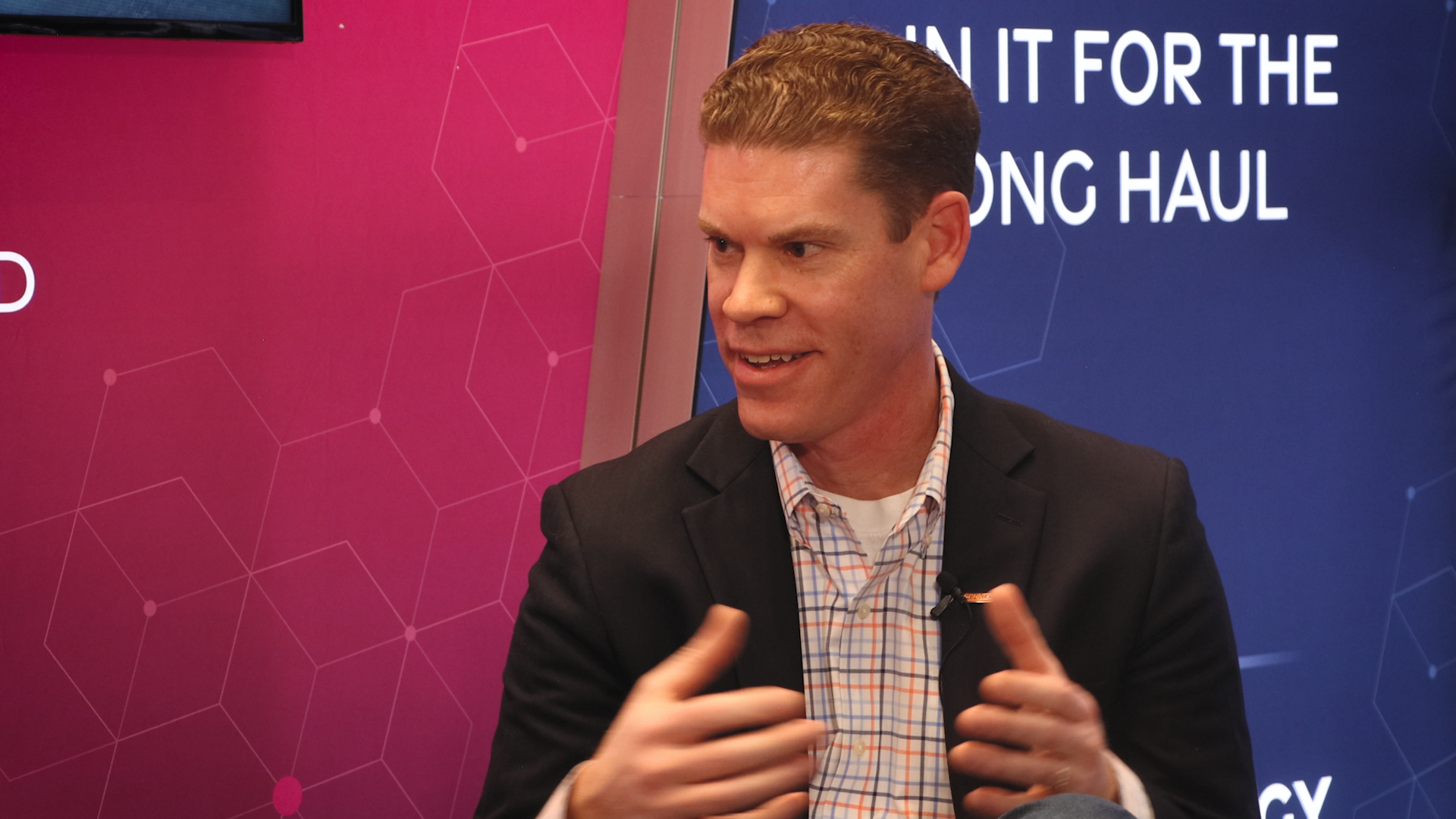
I think one of the benefits that we've had is learning about Torc, the culture that you have, the safety mindset that you have, which is really important for us. Seeing that alignment between those core values has been has been great for us in the process.
Walter Grigg
Understood. I don’t know, Joanna, if you have any further insights on how you see the value of pilots, as we talked about, as Brian speaks about his customers, and his organization. I think we all fundamentally agree safety is always number one. But where do you see the value of pilots across the autonomous technology space, but also the broader DTNA and their customer base?
Joanna Buttler
Yeah, absolutely. For us, as we develop the chassis, the redundant platform, it gives us the opportunity to have insights much earlier in the development process. I mean, together with our customers and also Torc and their test team, they’re collecting millions of miles and we get all that feedback and all the data back much earlier in the process than what we would do usually in a development product or project.
And also you know, we need to think about how do we go to market and how does going to market also means how are we going to service these vehicles in the future. Something that we established early on as a service model, you know, how do we provide uptime for these prototype fleets that are running on the roads right now? And this is very critical because uptime is important not just later on in production, but during the development process as well. And collaborating here with Torc with folks like Schneider and also, you know, the service network that we already have established early on in the process helps us just to learn so much sooner what it means to bring this to market and not just have the first time launch, but continuity and a great customer experience in the long run.
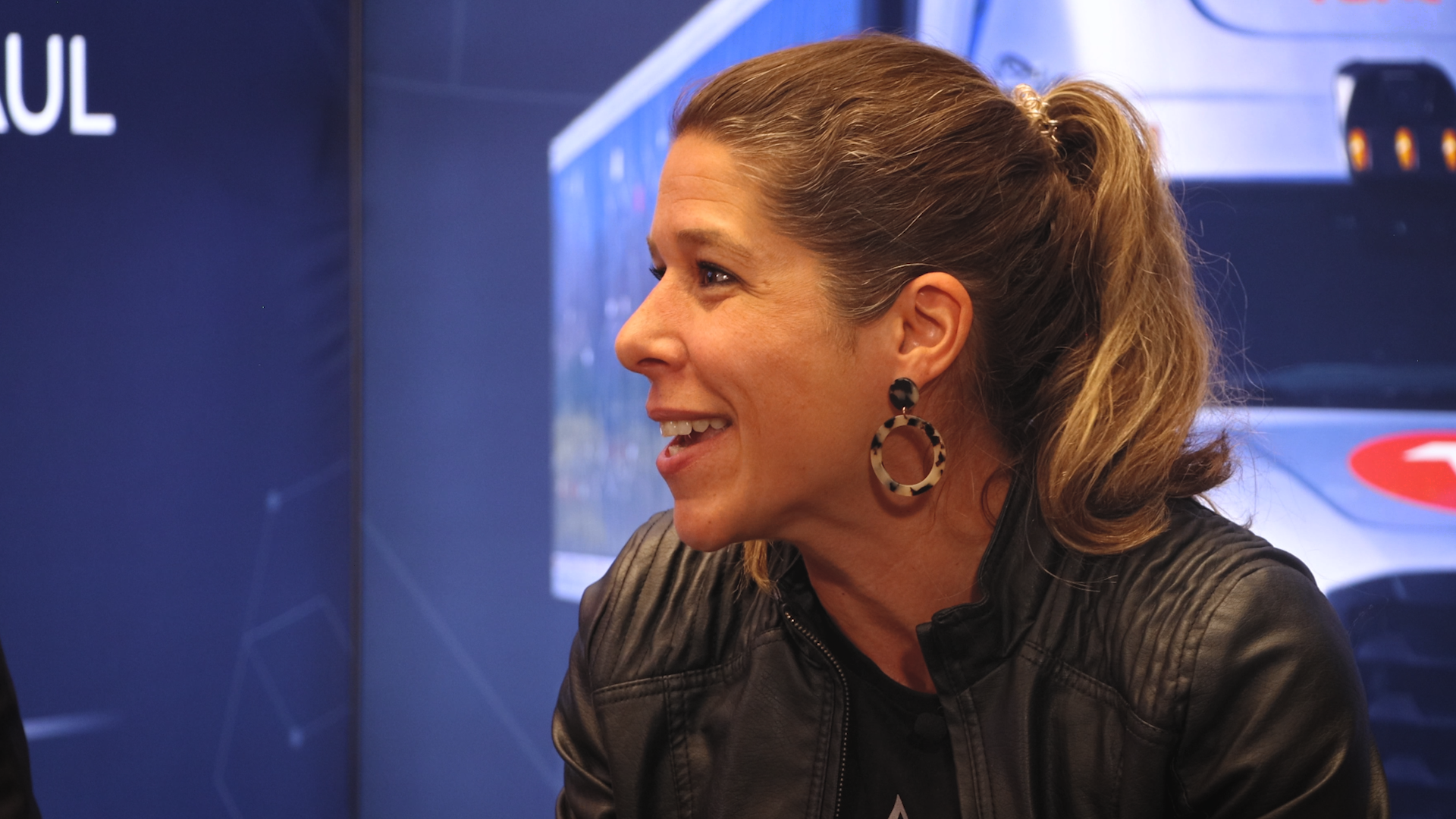
As we develop the chassis, the redundant platform, pilots gives us the opportunity to have insights much earlier in the development process. I mean, together with our customers and also Torc and their test team, they're collecting millions of miles and we get all that feedback and all the data back much earlier in the process than what we would do usually in a development project.
Walter Grigg
Peter, on if you have any further insights on the value of the pilots that we’ve not already discussed or anything that you want to make sure everybody understands that we’re gaining from the pilots.
Peter Vaughan Schmidt
Yeah, I think it just helps in the development process because we are running much bigger distances, a variable load, you want to arrive on time and things like that, and you arrive from hubs and you depart in hubs. So we are really confronted with the reality that if you do your testing, it’s always staged and and here it’s really about reality.
But what I like much more is also alluding to what you said, this product will be all about reliability. So it must be safe, it must have attractive cost position, but if the downtime is not as good as today or even better, industry won’t accept the product. We can design in a lot by just making sensors robust, by defining our operational design domain, and the software ourselves, but in the end, parts will break. That’s the nature. I mean, the life of a truck is really a tough one. Over one million miles? Parts will break. Now to understand what would that mean for fleets? How can we predict that something could go wrong, that it’s a planned downtime instead of an unplanned downtime? If something happens, how can we utilize what Schneider has in place? What Daimler has to offer, and I think Daimler has by far the most dense and best service station network out there. Parts, parts availability and things like that.
And that’s the other side of reliability because things go wrong. But they should go wrong planned instead of unplanned, and then be fixed as fast as possible, and as easy as possible for fleets like Schneider. And that’s that really is all about having a product, not only a cool technology. They really are that, and I think that’s what we are learning about.
Last but not least — sorry for not stopping. How does all of this integrate into our ecosystem? And it’s here in system, what APIs are needed? What information do we need to send to Schneider, let’s say from the traditional truck, plus the autonomy on top, most probably presented in a pretty similar fashion? So that is also easy to use, and that sort of big learning that we get out of it.
Walter Grigg
So without the real world testing, with the partnerships with the pilots, there is no way to come up with a plausible solution with an integrate-able product. These things have to happen. The pilots must occur.
Joanna, if we have the opportunity to zoom out a little bit. So we’ve talked very closely about autonomy and about the nature of the pilots. Daimler, as a broader organization, serves the transportation industry in a lot of technologies and a lot of spaces. I don’t know if you wanted to spend some time talking about any of the other technologies, the applicability of those technologies as that stands to serve the transportation industry in terms of efficiency, safety, and maybe even dig a little bit into how we serve the industry at large, through the service network, or any of the other offerings that Daimler provides.
Joanna Buttler
A big question a lot to unpack here in this question. So maybe I’ll just start with what we see here today. You know, if you take a look around the show floor at the very end, you’ll see actually the platform science track. So one example, how we build connected solutions and a platform that helps our customers in doing business easier and really integrating driver applications on a platform.
And we have been the first ones to offer that to the market with our partner platform science. Then if you step over a little bit, we just yesterday revealed our Supertruck II, really great that we could showcase how to double freight efficiency and that is still with a diesel power train. So there’s a lot of technology development even with a very traditional, let’s say, nontraditional core technologies and then of course developing and further advancing our zero emission vehicle portfolio.
Right now we focus on battery electric vehicles. We have our eCascadia in series production. I accept orders and now also this year we’ll launch our eM2 production ready. So we’re making great strides in those technologies. Then add autonomous on top of it, which we believe is really going to drive towards our what we call our vision zero, zero fatalities, zero on planned downtime, and then at some point in time, also zero emissions.
But we want to do things at the right time, the right way, move at the “speed of right,” so to speak, and bring those technologies together when the time, the maturity is there of all of them, and the use cases, especially, right? We talk about providing solutions for our customers so we don’t develop just an autonomous electric connected vehicle for the sake of doing it and have to fit, you know, the use case and task to solve a real problem.
We’re working to watch that. And for that reason, it’s important to stay connected internally within Torc, of course, but with our partners and with our customers and yeah, really excited what the future holds.
Walter Grigg
So I think the opportunity to actually get some feedback from a customer when we talk about collaboration and partnership, speaking on behalf of Schneider, but also representing your counterparts and colleagues in the industry, as you’re working with technology developers and providers, the OEMs, what’s your advice on what we could do to make your organization have better tools, be more equipped? But also the feedback is your opportunity to tell us how to be better.
Brian Stuelpner
Yeah, thanks, I think some have already been hit on in this conversation. So two things would jump out to me. One, a safety focus, and the other is the operational focus. So I think we as carriers have a responsibility to the motoring public to move freight safely we need to help our customers deliver on their promises safely. So for us, safety is number one.
So the technology has to work, it has to be reliable. That is why we’re doing these pilots. We want to be there at the forefront, you know, helping the technology be as safe as possible. So safety as a mindset, safety in practice, that’s number one. Number two would be the operational component. So, like you said, it can’t just be cool. It has to be cool and practical and cost effective, and and and… So for us, or for for I guess for you guys making sure that the technology does fit the right use case, that you have anticipated some of the challenges that that happen in trucking, and you have the processes and procedures to address them is important for us as well because we need uptime. We need to be on time with our freight and we need equipment that that works. And I think you guys have done a great job so far with that and we’ve really been happy as part of the process and continue to see it evolving.
Walter Grigg
Understood. And Peter, as we think about working with our partners and our customers, our potential customers, as the technology expands in development, as we expand our pilot partnerships, what are you most excited about that we get to do on behalf of our customers and with our customers in the future?
Peter Vaughan Schmidt
So that the transformation itself, I think solving major industry problems like driver shortage, safety or the overall capacity that we can offer. I think this is an overarching goal. It’s super interesting here. My mind also starts spinning … what is all possible once the technology really hits the road and is reliable. And you have to think about how you even could restructure logistics networks.
If all of a sudden, hours of service is no limitation anymore, you could arrive much faster, and then my mind starts spinning of what is all possible. It’s not our job; it’s the top of the fleet. And I’m pretty sure you already have 10,000 ideas. What could that all mean in the future? But it’s so exciting being part of this, elevating the industry and again, enabling our customers to do their business better because they know their business better.
It’s not our task to do their business; it’s enabling them. And I think that there’s so much opportunity and I still think we are just scratching the surface. By safety, reliability and cost — there is so much more — how a future could look like all this next day delivery and things like that. I think there are cool things to come.
Walter Grigg
It’s a partnership, and collaboration is a requirement to sustain innovation, to make our to make our potential customers and our partners more effective in industry. Joanna, is there anything that you think we may be missed or anything in the frame of partnership and collaboration that you like to make sure we cover?
Joanna Buttler
I think you all covered wonderfully, but I would say — not one entity or one person can do it alone. And I honestly, I love the collaborative aspect because we can do so much more if we work as partners and identify what our unique, individual strengths are. Bringing them together in the right way to really unleash a great product, transform our industry, and do good for society.
Walter Grigg
Brian, any final thoughts?
Brian Stuelpner
No, I would just echo what Joanna said, and I think events like this are also a great place to see that partnership in action. I’m glad we can get together. And I think there are many other, you know, capabilities being demonstrated here that as we look at across the ecosystem, the partnerships that we can have is really going to be a positive force for the future.
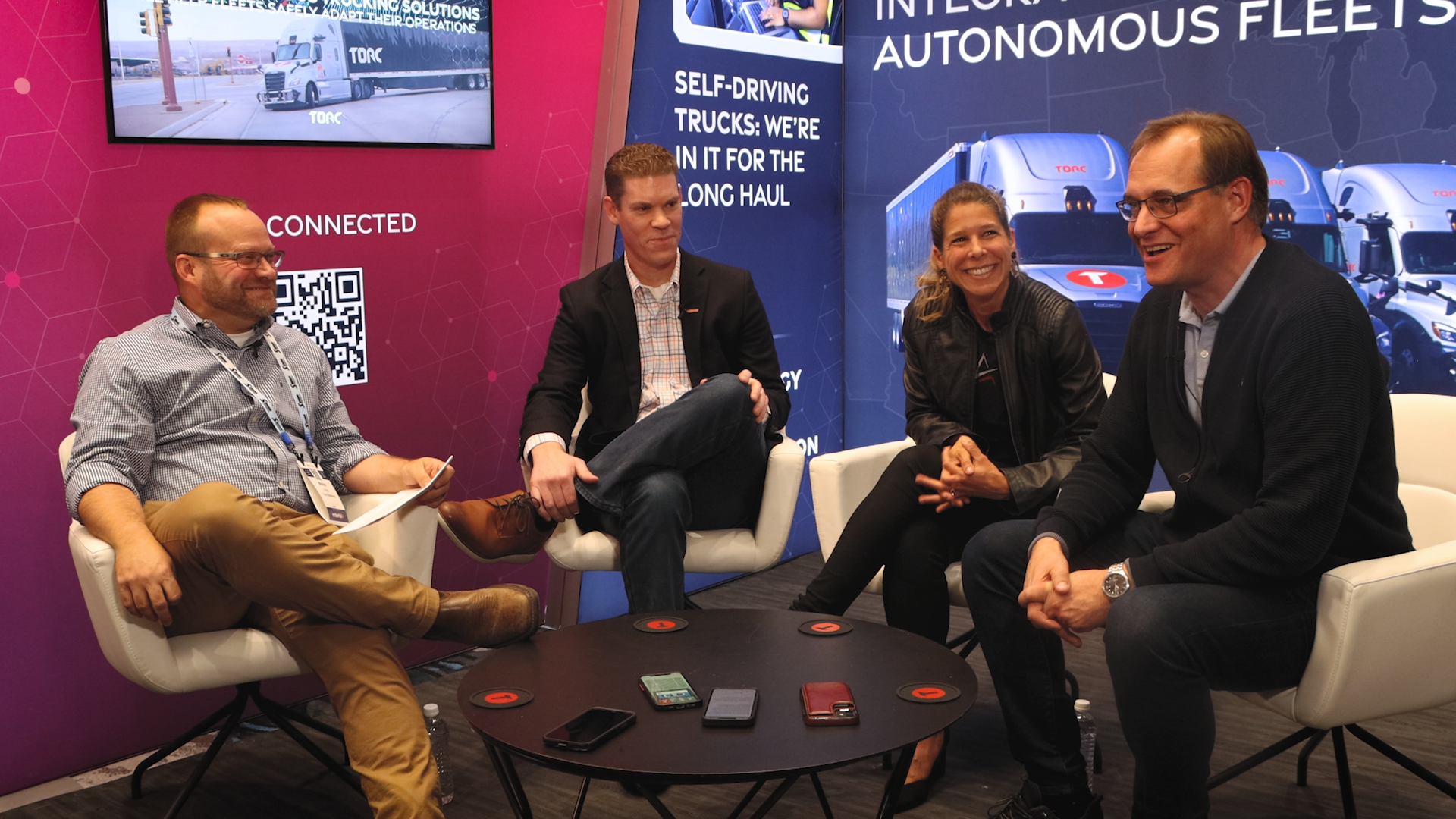
It's not our task to do their business; it's enabling them. And I think that there's so much opportunity and I still think we are just scratching the surface. By safety, reliability and cost -- there is so much more -- how a future could look like all... I think there are cool things to come.

